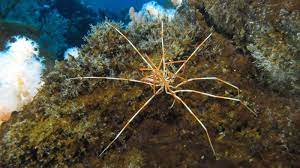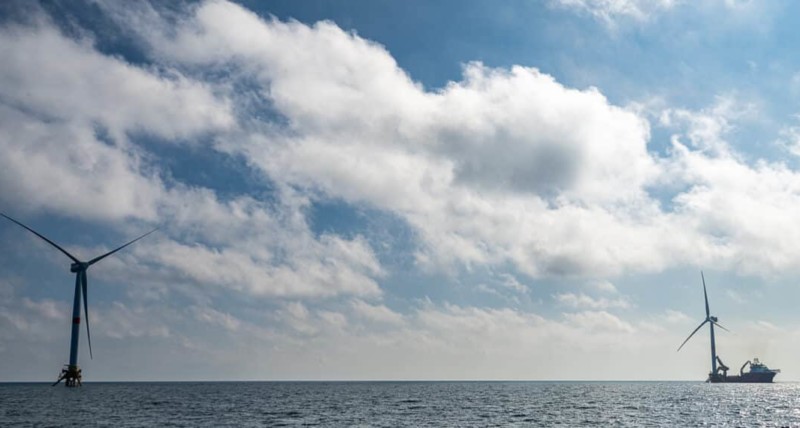An enormous underwater drone, built to roam the oceans for “very long periods of time” without refueling, has passed initial tests off California, DARPA announced on Wednesday.
“Our successful, full-scale Manta Ray testing validates the vehicle’s readiness to advance toward real-world operations,” program manager Kyle Woerner said in a statement.
The drone, several times larger than a small life boat, demonstrated multiple modes of propulsion and steering, the statement said.
The five-year-old Manta Ray effort aims to harness the movement of the ocean to power a submersible drone that could stay out for far longer than current undersea drones. Such drones could help search for Chinese or Russian submarines.
But the United States is not alone in trying to build long-range, highly autonomous, fuel-independent sub drones.
In January 2023, Russia announced that it had produced a long-range submarine drone, dubbed Poseidon. It looks much like a torpedo, but powered by nuclear energy and capable of carrying a nuclear warhead.
DARPA and the U.S. military is after something very different in Manta Ray, and not just because it eschews nuclear energy.
“One thing that you notice in underwater vehicle design is you typically can have either a vehicle that lasts very long periods of time but can’t really carry anything with it,” Woerner said on a podcast in 2022. “But if you want something that can carry a sensor or payload that is perhaps a larger size or mass, or has a larger energy draw, you tend to need a more traditional underwater vehicle, propeller driven in most cases. And those tend to not have anywhere near the endurance” that the military is looking for.
The ocean itself is full of potential sources of energy, such as currents, waves, and even subtle differences in water temperature or salt levels. But there’s no single perfect source of ocean energy for what DARPA is trying to accomplish.
“If you’re interested in maybe closer to surface transport, wave energy is a really great resource, most of the wave energy is distributed near the surface. If you want to go into deeper water, right? That means that wave energy wouldn’t be a great resource for that,” Sandia National Laboratory engineer Kelley Ruehl, an advisor on the program, said on the podcast. Similarly, current energy is a very localized resource, where we have tidal streets— those are unique locations in the world. So it’s a very specific place that one would need to harvest tidal-energy resource.”
DARPA said PacMar Technologies, another contractor on the Manta Ray program, will spend the rest of this year testing a full-scale energy-harvesting system.




